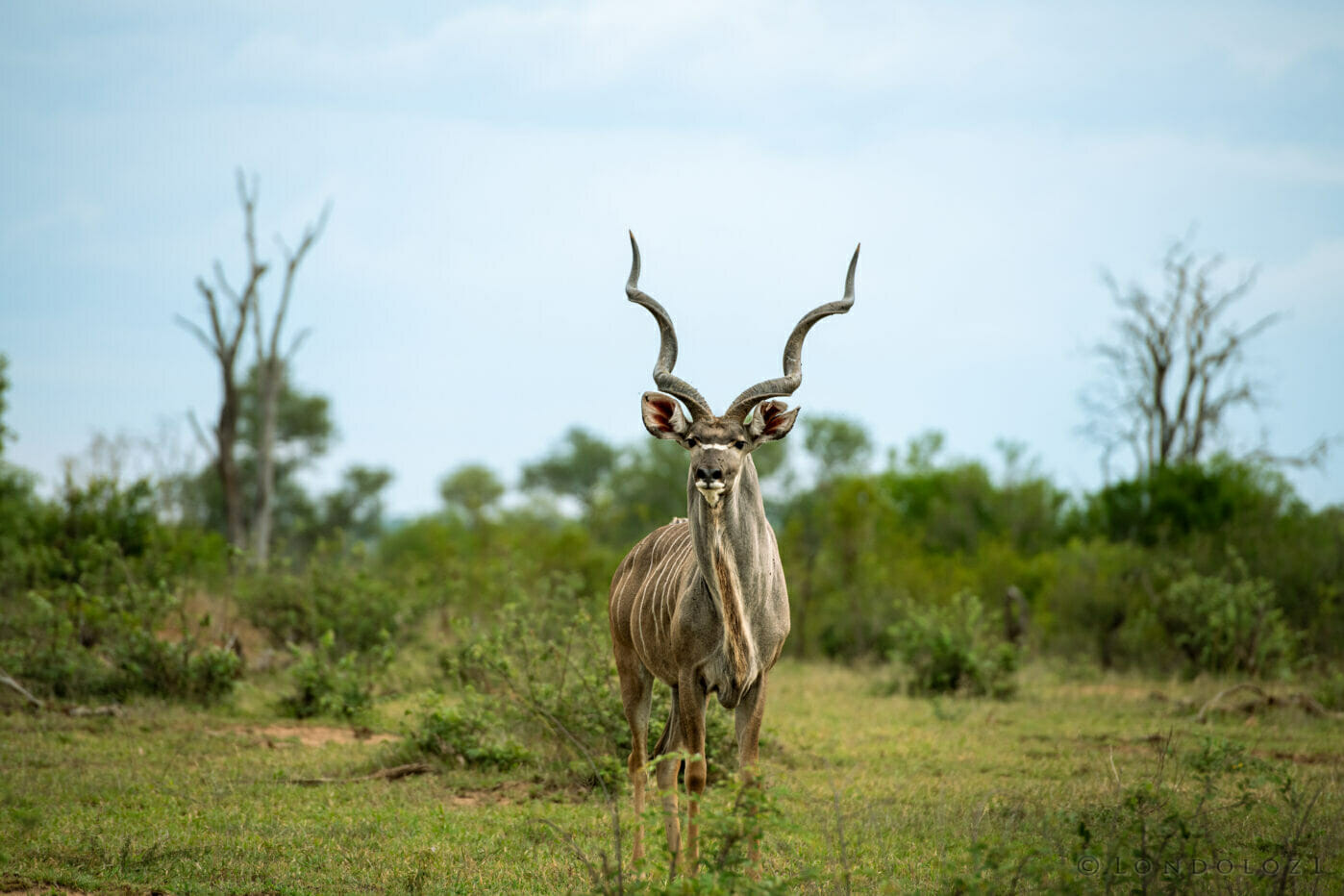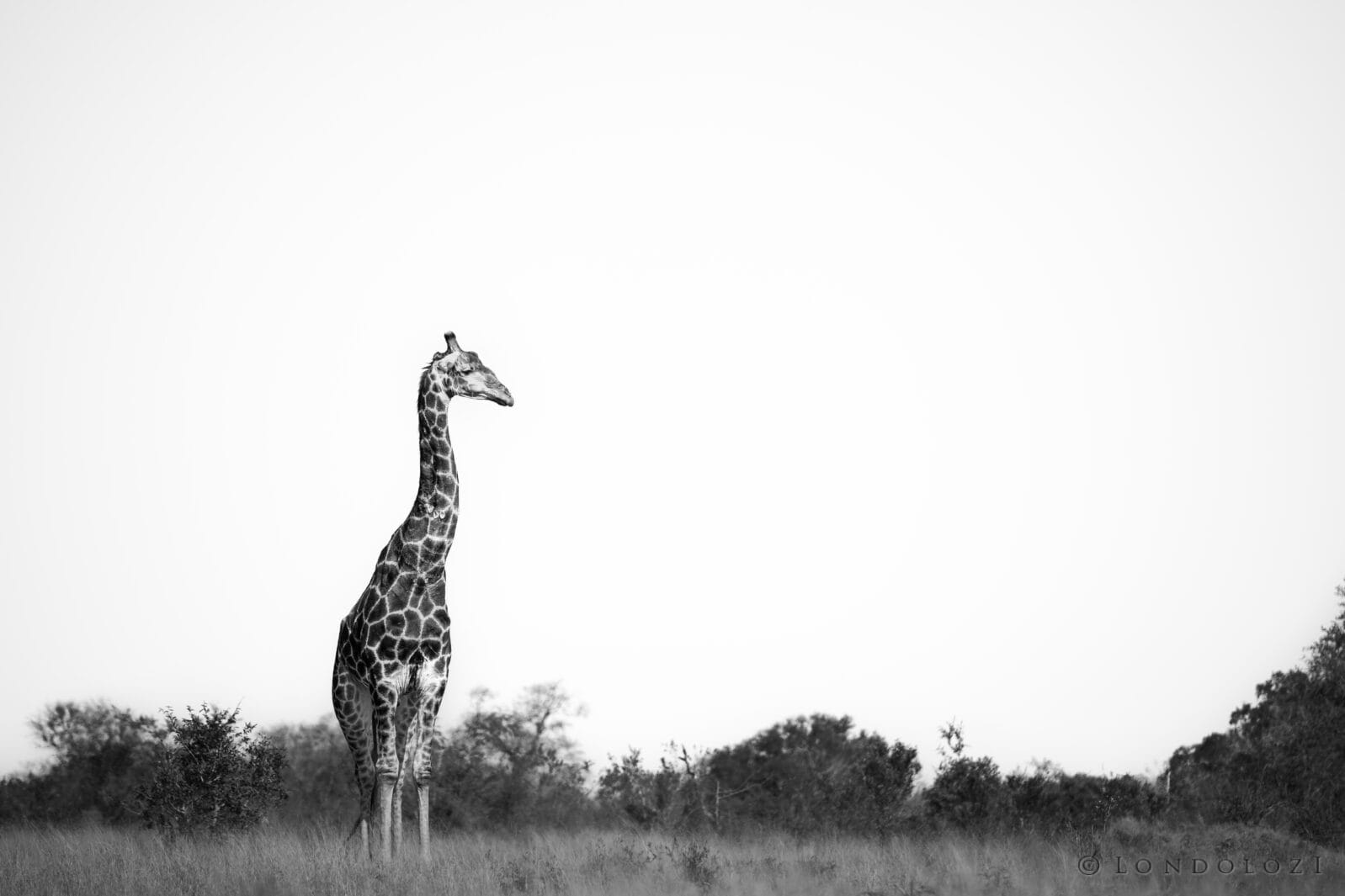Often, as rangers, we find ourselves swept up in the thrill of tracking high-profile predators, but there’s a certain magic in observing the quieter moments, like a journey of giraffe meandering across the open crest with the setting sun in the background. On a recent drive with guests, we delved into the more scientific aspects of wildlife, exploring how animals adapt to their environment, particularly focusing on their digestive systems.
This exploration led my mind to revisit the knowledge gained during our Ranger training on the various stomach adaptations. The questions from our curious guests, especially about the intricacies of rumination, inspired me to share some finer details of the process:
The Cud
Firstly, let’s unravel the term “cud.” Cud describes the food material regurgitated up to the mouth from the stomach. It’s coarse, slightly digested, and semi-liquid – news to me! The food comes from the reticulorumen, a chamber in the 4-chambered stomach. Cud is essentially roughage, and continuous chewing stimulates saliva production, crucial for maintaining stomach acidity.
What even is rumination?
But what is rumination? Imagine the digestive tract of a ruminant as a journey. Food is taken into the mouth and chewed for the first time, it is swallowed and enters the rumen, where it’s masticated and exposed to bacteria for initial digestion. Then, it’s regurgitated for a second round of chewing and processing. After that, it’s swallowed again, passing through the reticulum and the rest of the digestive tract.

Here is a simplified diagram of the digestive tract of a ruminant. The food is initially taken into the rumen, where it is masticated and exposed to bacteria beginning digestion. It is then regurgitated up to the mouth to be chewed and processed a second time demonstrated by the white arrows. After which it is swallowed a second time and is passed through the reticulum and on to the rest of the digestive tract.
Rumination is orchestrated by contractions, and spending time with a giraffe, with its 7-foot neck, allows you to literally witness these contractions. The process involves peristalsis – contractions of the oesophagus. The liquid, rich with beneficial microbes, is squeezed from the cud between the tongue and the palate, swallowed, and returned to the stomach. This essential process maintains stomach acidity, creating an environment where microbes thrive, crucial for digestion.
Who are the ruminants?
In simple terms, all antelope, from the small to the large, buffalo, and giraffes. A hippo comes close with a three-chambered stomach, though not a true ruminant. Larger herbivores like elephants and rhinos have adapted differently with a single stomach chamber.

Few antelope are quite as impressive as Kudu. This magnificent male stood attentive listening to some unknown sound before continuing his early morning feeding in the open plains of the South West.
Advantages:
- Ruminants efficiently extract nutrients, requiring less time to eat for the same energy – efficiency at its best!
- Rumination offers animals moments of rest, reducing the risk of surprise attacks by predators.
- Ruminants avoid feeding in the heat of the day.
- Microorganisms in the stomach become a protein source, and their byproducts provide additional energy.
- The ability to recycle urea reduces urination, allowing ruminants to thrive in more arid areas
- A bit scientific but – micro-organisms use the nitrogen in the urea to synthesise more protein, which provides the animal with essential amino acids, that would otherwise need to be derived directly from other food sources

A giraffe bull feeds on the flowers of a Knob-thorn Tree, during the last few weeks of August and first few of September in the Lowveld, Knob-thorns stick out amongst the landscape as their flowers blossom earlier than most other tree species in the surrounds.
Disadvantages:
- Ruminants heavily rely on protein-rich food sources; without them, especially during droughts, they struggle.
- Rumination is time-consuming, especially if the food lacks protein or is very fibrous, making it inefficient.
- In times of surplus, rumination is highly efficient, but during harder times, these animals face significant challenges.
In the intricate dance of nature, understanding the marvel of rumination offers us a deeper appreciation for the survival strategies of these magnificent creatures. It’s a delicate balance – efficiency in abundance, but vulnerability in scarcity. Just like the buffalo faced challenges during the 2015/2016 drought, we witness the resilience and adaptability of these creatures, making every moment spent observing them in the wild truly remarkable.















![Ntsevu Sub Adults Watching Buffalo Herd (3) [rcb]](https://media.londolozi.com/wp-content/uploads/2023/09/14133950/Ntsevu-Sub-adults-Watching-buffalo-herd-3-RCB-1398x932.jpg)



A wonderful reminder of time spent watching a giraffe’s neck ‘ruminate’ as you explained the process in 2022. I’m thinking this kind of digestion would be fantastic for ‘us’ humans … if only?!
Love the stories can you please tell us what the tsalala lioness has been doing thank you
Keagan, thanks for the continuing education. The animal world is truly diverse which allows for individuals survival with different techniques.
Hi Keagan, a very nice revision of a physiology lesson! Yes, they don’t optimize nutrition in a classic way we learn it, in opposite to carnivores that get fat and protein sources in a single beat, but evolution has its way as you wrote very well. Every creature is perfectly adapted to the environment they live in. There are many studies lately on giraffe communication, that seems to be as complex as elephants. Who knows, maybe one day this topic will get further into hippos, rhinos, antelopes languages. It is easier for us to understand that don’t use infra- and ultrasounds. Giraffe seem to be silent but actually they have a complex language… very nice
Thanks, Keagan, for this fascinating blog on ruminants. It is always so interesting to read about the different ways nature is working. Just so interesting. I have learned so much about animals and plants from you guys.
Hi Keagan it is quite a process for the food to be processed properly in the 4 chambered stomach. I watch the Nyala bull that comes to visit me here on the reserve, after he has eaten he comes and lies on our grass and starts to chew the cud. He seems so relaxed and totally at ease. Thanks for you information on their stomach adaptations.
Thanks so much for this super informative blog post Keagan. I learned so much new information, and have an even greater appreciation and understanding of these animals!
This is definitely a tutorial on how rumination works. I hadn’t considered that the microorganisms in the stomach produce a form of protein and in doing so offers more energy as well as the nutrition. When nature is prospering, all of the creatures of the wild face no survival issues. However, experiencing droughts, fires, floods those same hearty creatures need to adapt and for the ruminants, perhaps they have a bit of an advantage.
Hi Keagan, What plant sources would be high in protein vs. low in protein?